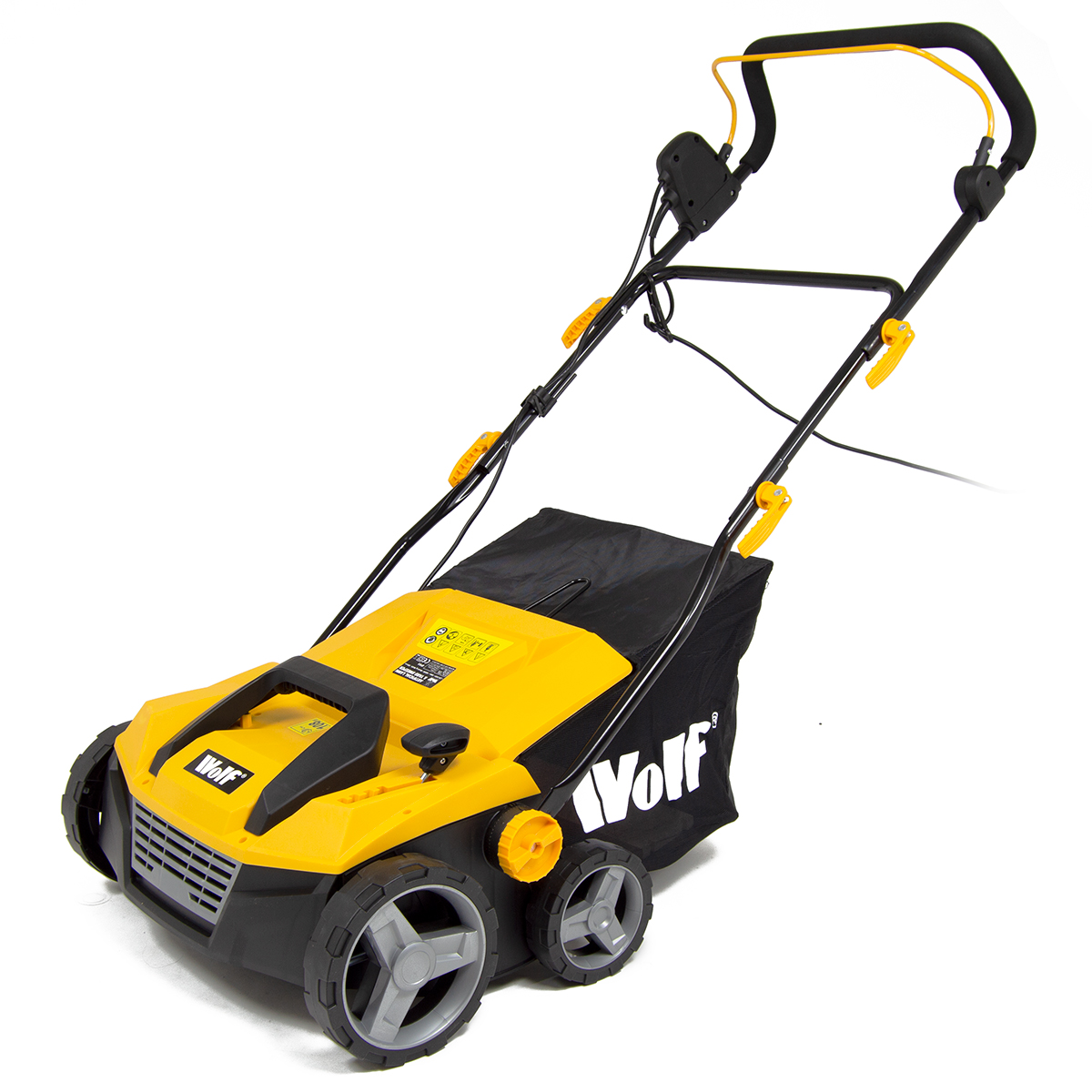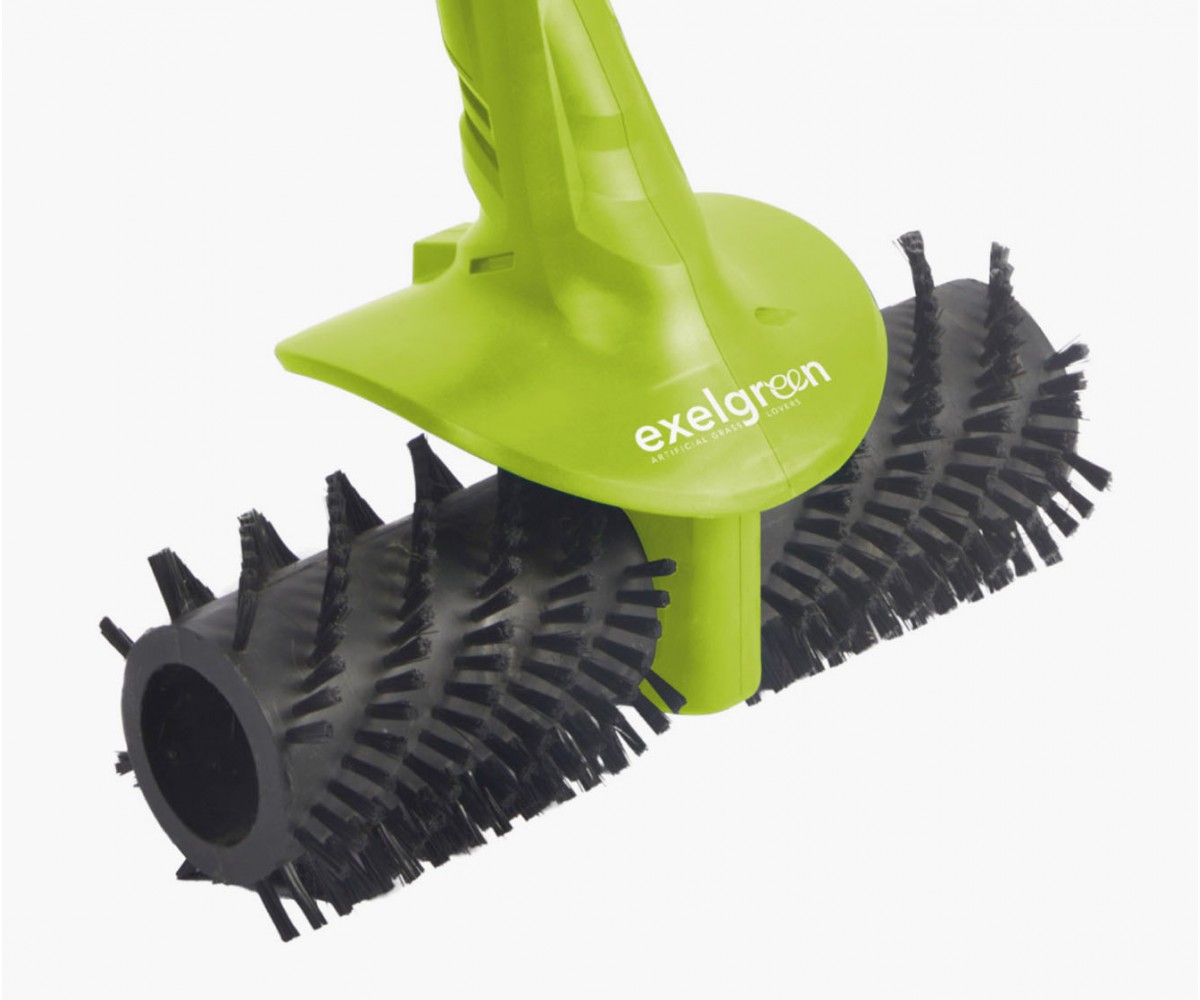Brush synthetic grass, an essential part of maintaining the pristine look and feel of artificial turf, is a crucial step in ensuring your artificial lawn stays vibrant and realistic. The act of brushing goes beyond simply removing debris; it’s a vital practice that contributes to the longevity and overall aesthetic appeal of your synthetic lawn.
From understanding the different types of brushes and their applications to mastering effective brushing techniques, this guide delves into the world of brush synthetic grass, providing valuable insights and practical tips to help you achieve a lush, well-maintained artificial lawn.
Types of Brushes for Synthetic Grass
Maintaining the pristine look and feel of synthetic grass requires regular brushing. This essential task helps remove debris, prevent matting, and ensure proper drainage. Choosing the right brush for your synthetic grass is crucial for optimal maintenance.
Types of Brushes
The selection of brushes for synthetic grass maintenance depends on various factors, including the type of grass, the size of the area, and the desired outcome. Common types of brushes used for synthetic grass maintenance include:
- Push brooms:These are versatile and widely used for general cleaning and debris removal. They come in various widths, typically ranging from 12 to 24 inches, making them suitable for different areas. Push brooms are often made from materials like plastic, nylon, or polypropylene bristles, offering varying levels of stiffness and durability.
- Rotary brushes:Rotary brushes, powered by electric or gas motors, are ideal for larger areas and provide deeper cleaning. These brushes feature a rotating head with bristles that agitate the synthetic grass fibers, removing dirt, leaves, and other debris. Rotary brushes are available in different sizes and with various bristle types, including nylon, polypropylene, and even metal for stubborn debris.
- Grooming brushes:These brushes are specifically designed to lift and separate the synthetic grass fibers, promoting proper drainage and preventing matting. Grooming brushes often have a combination of bristle types, including long and short, to address different areas of the grass. They are commonly used for grooming and maintaining the appearance of synthetic grass.
Importance of Brushing Synthetic Grass

Brushing synthetic grass is an essential maintenance practice that significantly impacts the health, appearance, and lifespan of your artificial turf. Just like natural grass requires regular mowing and grooming, synthetic grass benefits from brushing to maintain its optimal condition.
Benefits of Brushing Synthetic Grass
Regular brushing plays a crucial role in maintaining the health and appearance of your synthetic grass. It helps to prevent matting, improve drainage, and extend the lifespan of your turf.
- Enhanced Drainage:Brushing helps to lift the blades of synthetic grass, creating space between the fibers. This allows water to drain more effectively, preventing pooling and potential damage to the turf.
- Improved Aesthetics:Brushing helps to restore the natural look and feel of synthetic grass. It fluffs up the blades, creating a lush, vibrant appearance. Regular brushing also helps to remove debris and dirt, keeping your turf looking its best.
- Extended Lifespan:Brushing helps to prevent the blades from matting and becoming compacted. This reduces wear and tear on the turf, extending its lifespan.
How Brushing Contributes to a Realistic Appearance
Brushing synthetic grass helps to create a more realistic and natural-looking lawn. It mimics the natural movement of grass blades, creating a more natural appearance and feel.
- Natural Movement:Brushing helps to restore the natural movement of the grass blades, creating a more realistic and dynamic look.
- Improved Texture:Brushing helps to create a more consistent and natural texture, reducing the artificial look of synthetic grass.
Types of Brushes for Synthetic Grass
There are several types of brushes available for synthetic grass, each designed for specific purposes.
- Hand Brushes:These brushes are ideal for small areas or for spot cleaning. They are typically made of stiff bristles that can effectively remove debris and dirt.
- Power Brushes:These brushes are more powerful and can cover larger areas more quickly. They are typically used for professional maintenance or for larger lawns.
- Rotary Brushes:These brushes are similar to power brushes, but they rotate in a circular motion. This helps to lift the blades and create a more natural look.
Techniques for Brushing Synthetic Grass

Brushing synthetic grass is an essential maintenance task that helps keep your lawn looking its best. Proper brushing techniques are crucial for removing debris, smoothing out fibers, and addressing localized areas of matting. Brushing not only enhances the visual appeal of your synthetic turf but also extends its lifespan.
Brushing Techniques for Different Tasks
The type of brush you use and the technique you employ will depend on the specific task at hand. Here are some common brushing techniques:
- Removing Debris:For removing leaves, twigs, and other debris, use a stiff-bristled brush with a wide head. Sweep the brush in a back-and-forth motion, working in the direction of the grass fibers. Avoid using excessive pressure, as this can damage the fibers.
- Smoothing Out Fibers:To smooth out flattened or matted fibers, use a brush with soft bristles. Brush in the direction of the grass fibers, applying gentle pressure. This technique helps restore the natural appearance and texture of the synthetic grass.
- Addressing Localized Matting:For matted areas, use a specialized brush with a stiff, angled bristle. Brush the matted area in a circular motion, applying moderate pressure. This helps to break up the matting and restore the grass fibers to their original position.
Tools and Equipment for Brushing Synthetic Grass: Brush Synthetic Grass
Maintaining the pristine look and feel of synthetic grass requires the right tools and equipment. These tools play a crucial role in removing debris, restoring the grass’s upright position, and ensuring optimal drainage.
Handheld Brushes
Handheld brushes are the most basic and often the most affordable option for brushing synthetic grass. They are lightweight and easy to maneuver, making them suitable for smaller areas and quick touch-ups.
- Stiff-bristled brushes:These brushes are effective for removing dirt, leaves, and other debris from the grass blades. They can also help to straighten out flattened blades.
- Soft-bristled brushes:These brushes are gentler on the grass and are ideal for removing dust and pollen. They are also a good choice for delicate synthetic grass types.
Power Brushes
Power brushes offer a more efficient and powerful way to brush synthetic grass, particularly for larger areas. They can remove stubborn debris and restore the grass’s upright position more effectively than handheld brushes.
- Electric power brushes:These brushes are powered by electricity and are typically used for professional applications. They are more expensive than handheld brushes but offer a significant time-saving advantage.
- Gas-powered brushes:These brushes are powered by gasoline and offer even more power than electric brushes. They are ideal for large areas and challenging conditions but require regular maintenance.
Specialized Equipment
For specific tasks or for maintaining large areas of synthetic grass, specialized equipment can be used. These tools offer advanced features and functionalities that can enhance the brushing process.
- Dethatching rakes:These rakes have long, curved teeth that can effectively remove thatch and debris from the grass. They are particularly useful for areas with heavy thatch buildup.
- Synthetic grass vacuums:These vacuums are designed specifically for synthetic grass and can effectively remove debris, leaves, and even small twigs. They are a great option for keeping the grass clean and free of debris.
- Automated brushing systems:These systems are typically used for large commercial areas and can automatically brush the grass on a regular basis. They are expensive but offer a highly efficient solution for maintaining synthetic grass.
Comparison of Tools
| Tool | Advantages | Disadvantages | Suitability |
|---|---|---|---|
| Handheld brushes | Affordable, lightweight, easy to use | Less effective for large areas, may require more effort | Small areas, quick touch-ups |
| Power brushes | More efficient, effective for large areas | More expensive, require power source | Large areas, challenging conditions |
| Specialized equipment | Advanced features, efficient for specific tasks | Expensive, may require specialized training | Large commercial areas, heavy thatch buildup |
Tips for Maintaining Synthetic Grass with Brushing
Brushing your synthetic grass regularly is essential for maintaining its appearance and extending its lifespan. Regular brushing helps to prevent matting, fiber flattening, and discoloration, ensuring that your artificial turf stays vibrant and functional for years to come.
Brushing Schedule
The frequency of brushing depends on factors such as usage, climate, and debris accumulation.
- High-traffic areas, such as play areas or pet zones, should be brushed at least once a week.
- Areas with moderate traffic, such as lawns and landscaping, can be brushed every two weeks.
- Low-traffic areas, such as decorative patches, may only need brushing once a month.
In addition to frequency, consider the following:
- Climate:Areas with heavy rainfall or snowfall may require more frequent brushing to remove debris and prevent mold growth.
- Debris accumulation:If your synthetic grass is exposed to leaves, twigs, or other debris, it’s essential to brush it more frequently to prevent them from accumulating and damaging the fibers.
Addressing Common Issues, Brush synthetic grass
Brushing can help address common issues that arise with synthetic grass.
- Matting:Brushing helps to loosen matted fibers, restoring the turf’s natural appearance and preventing further matting.
- Fiber flattening:Regular brushing helps to lift and fluff the fibers, restoring their upright position and improving the turf’s overall appearance.
- Discoloration:Brushing helps to remove dirt and debris that can cause discoloration, maintaining the turf’s vibrant color.
Common Queries
How often should I brush my synthetic grass?
The frequency of brushing depends on factors like foot traffic, weather conditions, and debris accumulation. Generally, weekly brushing is recommended, but you may need to brush more often in areas with heavy foot traffic or during periods of high debris accumulation.
What are the signs that my synthetic grass needs brushing?
Signs that your synthetic grass needs brushing include matting, flattened fibers, visible debris, and a dull appearance.
Can I use a regular broom to brush my synthetic grass?
While a regular broom can be used for light brushing, specialized brushes designed for synthetic grass are more effective in removing debris, smoothing out fibers, and addressing matting.
Is it okay to use a power brush on my synthetic grass?
Power brushes can be effective for larger areas, but it’s essential to use them with caution to avoid damaging the turf. Always follow the manufacturer’s instructions and use a brush specifically designed for synthetic grass.

